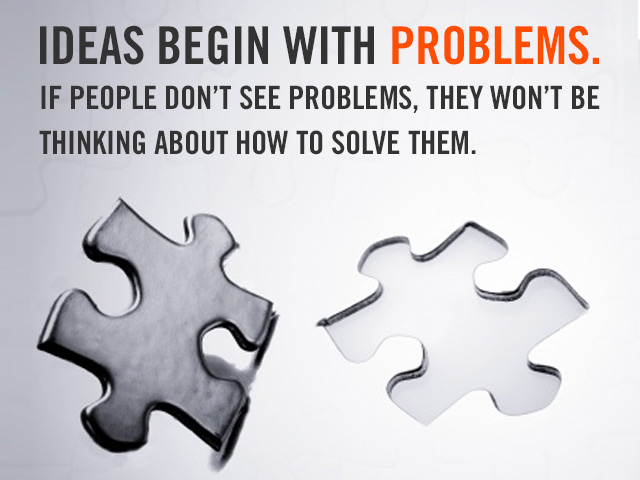About fifteen years ago, I helped a medium sized residential homebuilder with development training for his management team. It was still relatively early in the lean movement era, and we met for two hours every Wednesday afternoon to discuss how lean philosophy and standard lean tools might apply to the company. The first topic in one of the early sessions was the importance of documenting work processes in order to establish standard practices from which improvements could be made. Wanting to demonstrate the immediate applicability of the material, I asked the group “How do you build a house? Let’s map your process at a high-level.”
So, we started with a prospective home-buying couple walking into the office and finished with handing them the keys to their new home. Much to everyone’s surprise, we quickly ran into major disagreements about what was done and in what order. The newest members of this group had been with the company for at least five years, and several others had been working together for twenty years, yet there was no agreement on a series of processes they had performed many hundreds of times.
What began as a quick part of a half-hour overview on mapping process flow had turned into a raucous session that lasted the entire two hours, and they still couldn’t sort things out. We posted our results, step-by-step, across the top of the walls, nearly encircling the training room. Some of the steps had big question marks, others had three or four opinions, and there were more than a couple that circled back to revisit earlier steps. For the first time, everyone started to realize the source of much of the chaos and delays that they had all simply accepted as a normal part of home building. Before closing the session, everyone was assigned a part of the process to clarify before the next meeting. After a month of Wednesdays we had finally developed a relatively accurate picture of the current state. Everyone agreed that it was a mess! But it clearly showed copious opportunities for improvements.
During this exercise we also learned two additional facts. First, a customer was handed off from one contact person to another at least 15 times in the course of building their home. This added to the customer’s confusion, frustration and dissatisfaction, and made it difficult for them to develop any form of relationship with the company. Second, starting with the groundbreaking, it took between four and six months to complete a home; and the homes built in four months were more profitable and of higher quality than those taking six. These facts were at the forefront of our minds when redesigning the process. Operations were eliminated, combined, and streamlined, and the company was reorganized from functional groups to “builder teams” responsible for specific houses.
The results were dramatic. Within 18 months, referrals went from less than 10 percent of prospective new home buyers to more than 35 percent; completion time dropped from (at best) 120 days to 75 days with a guaranteed move-in date given to customers before starting; houses that closed without a punch list of simple tasks to finish went from “never in 25 years” to 75 percent of homes; and customer satisfaction was in the top 3 percent in the industry. All total, six percent was added to the company’s gross margin while the homes delivered to customers were considered a much better value.
Today, the type of process mapping done with this builder would most likely be replaced by the much more sophisticated and macro view of how value is delivered to customers via value stream mapping. This is a highly efficient visual technique to identify and resolve disconnects, redundancies and voids in how work flows (or, more commonly, doesn’t flow!) across an enterprise before you get too detailed in your analysis. Value stream mapping helps you to build a strategic foundation from which to start improving. Karen Martin and Mike Osterling have recently published a new book titled, logically enough, Value Stream Mapping. Their book is an excellent primer. It not only provides a step-by-step guide on how to construct a value stream map of your processes, but it also shows how to deploy it to transform your organization.
The critical thing to keep in mind is: If you expect to make any progress on your organization’s improvement journey, everyone has to agree on the starting point—including, and especially, leaders.


